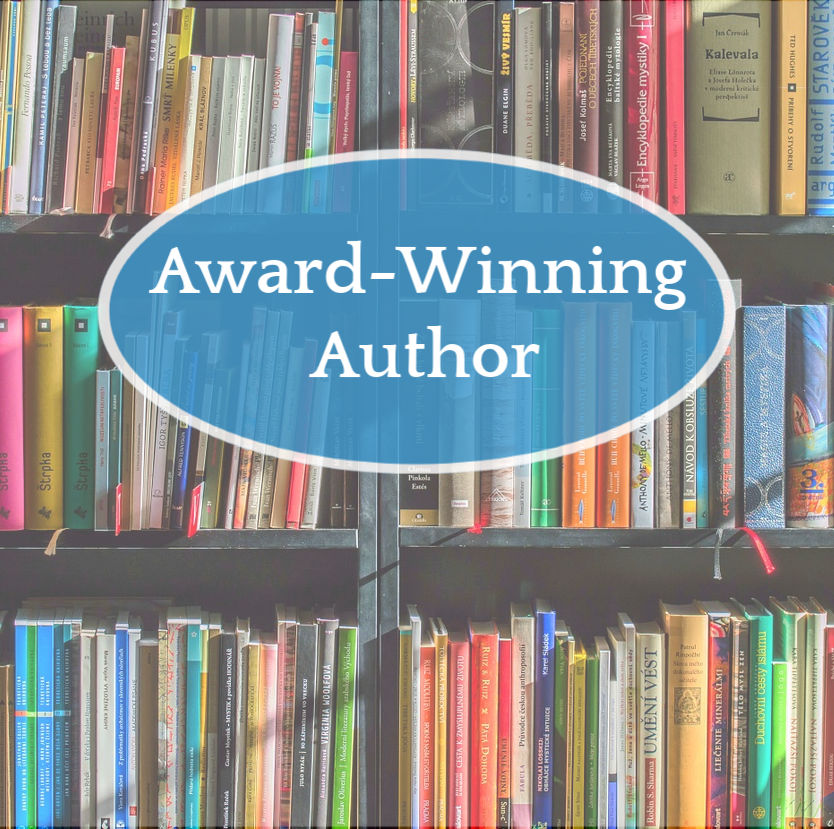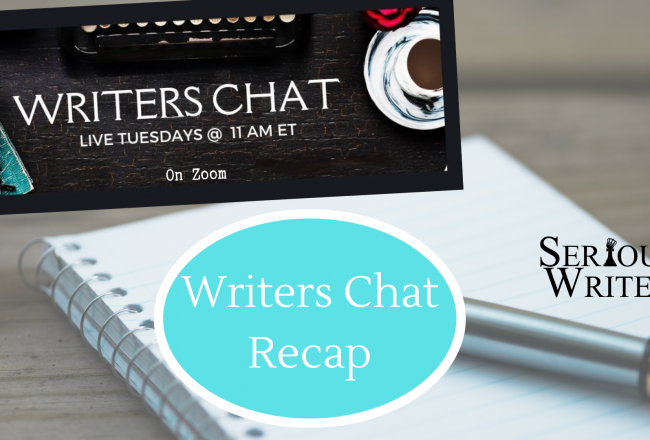
Finding the Setting for Our Novels
Searching for the setting of that next novel? I am in the same boat. My third Civil War romance,…
October 20, 2018
Searching for the setting of that next novel? I am in the same boat. My third Civil War romance,…
October 20, 2018
We all long for validation. One definition of “validate” from Merriam Webster is “to recognize, establish, or illustrate the…
October 19, 2018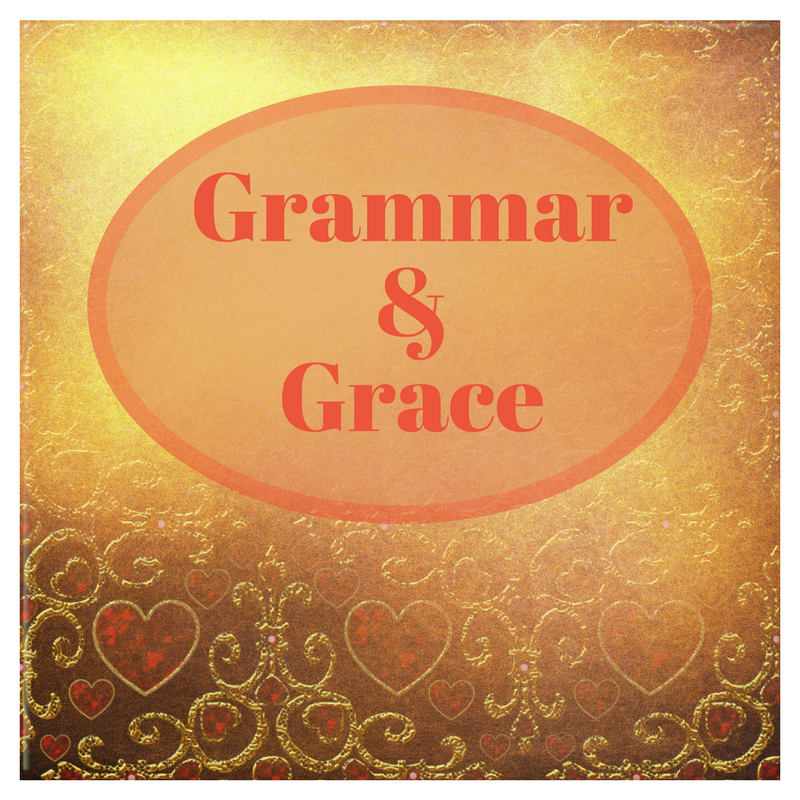
I was recently polishing my latest manuscript. One of the subplots involves a grant payout with large sums of…
October 18, 2018
There’s nothing more satisfying for an author than to hear readers say they couldn’t put the book down. It…
October 17, 2018
Do you ever stare at one sentence until your eyes start watering? Have you had to read that one…
October 16, 2018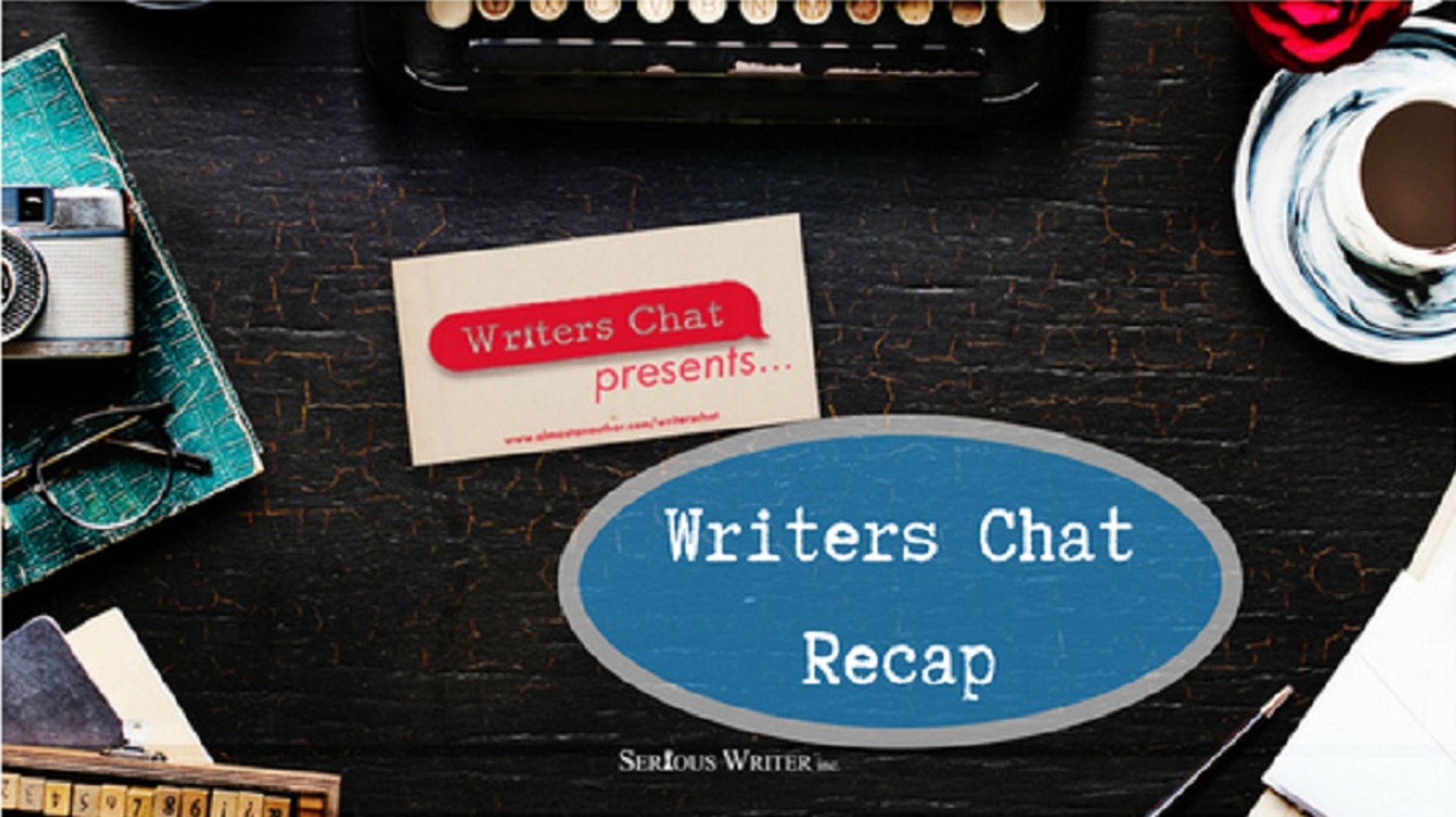
Writers Chat, hosted by Jean Wise, Johnnie Alexander, and Bethany Jett, is the show where we talk about all…
October 15, 2018
People are often surprised when I say I love to write articles. “Articles?” they say. “How did you learn…
October 14, 2018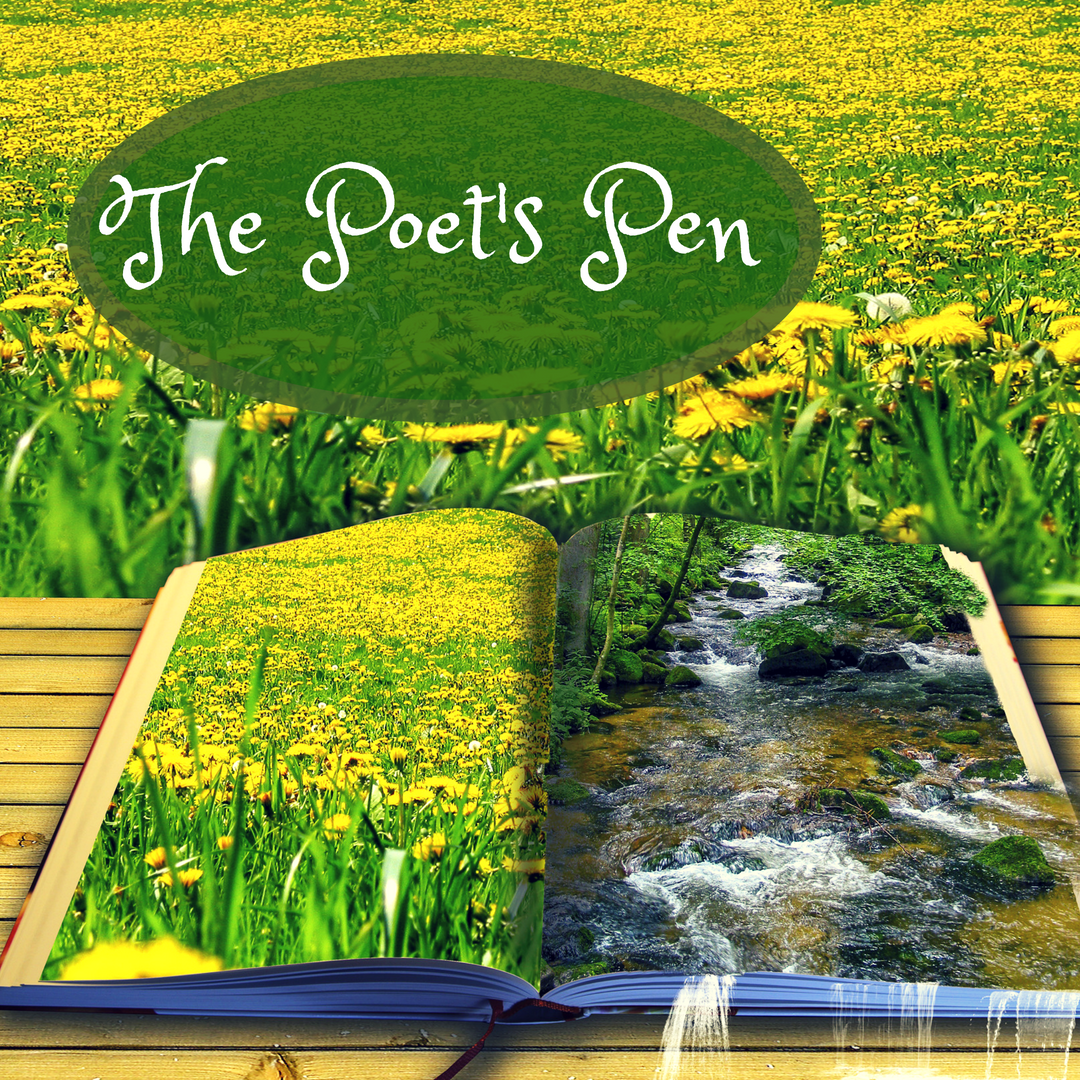
A ballad is a form of poetry that alternates lines of four and three beats, often in quatrains, rhymed…
October 13, 2018
There seem to be plenty of people out there who have never published anything, but are happy to give…
October 12, 2018
I recently went to Rhode Island for some book research and flew economy class—of course. I am a writer…
October 11, 2018
Last month we talked about categories. Now we’re going to dig into the other side of the metadata equation:…
October 10, 2018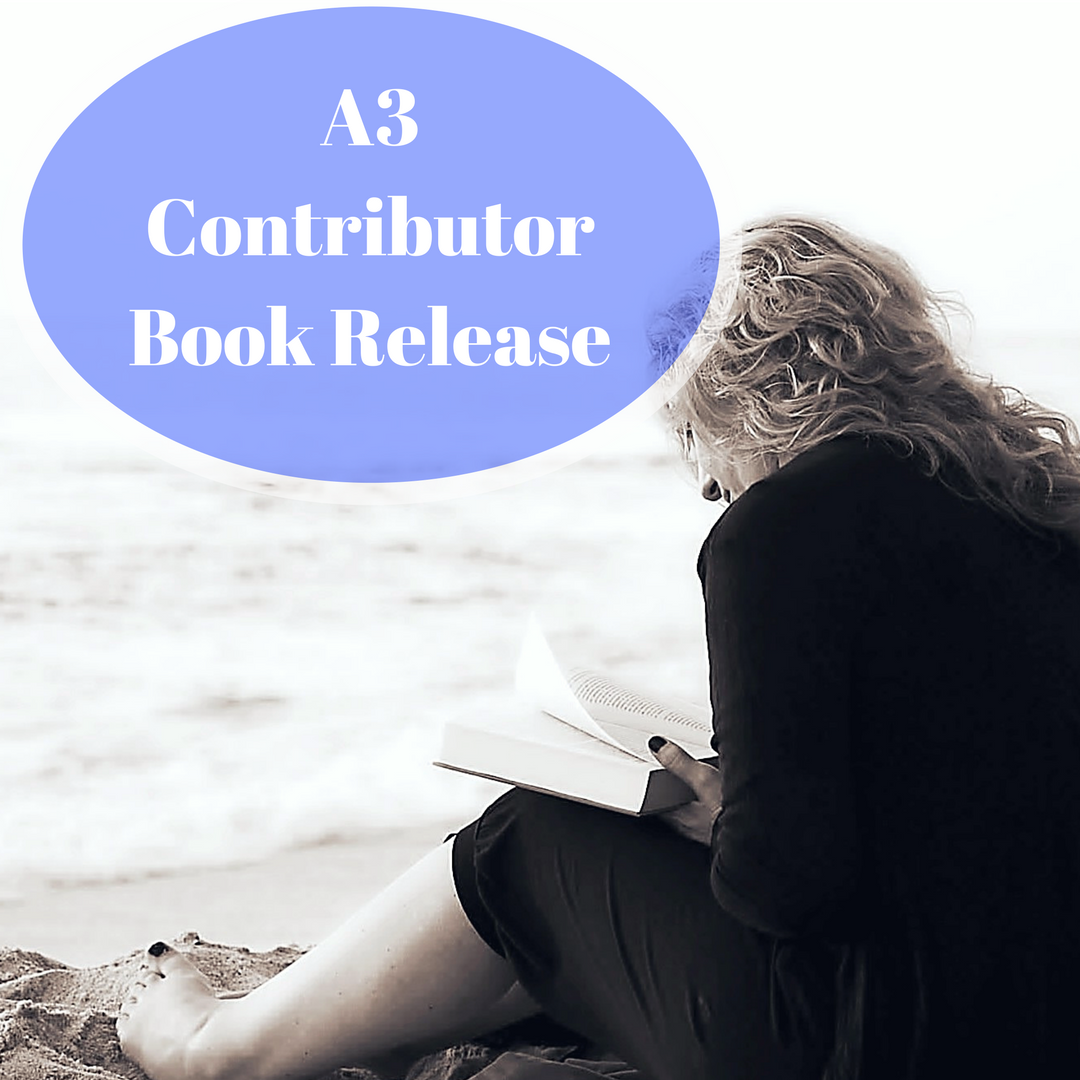
Writers seek ways to polish their craft and deepen their understanding of what makes a marketable manuscript. Dedicated writers…
October 9, 2018
Recently, I was teaching “The World of Writing for Children” at a Christian writers conference, and during the first…
October 8, 2018
If there’s one thing I’ve learned in life it’s this—promotion always takes preparation. That truth was never more evident…
October 8, 2018
Every story needs a villain. Without one, your hero would have no reason to grow or change. But what…
October 7, 2018
(Editor’s Note: Sue Potts is our guest columnist this month, specially asked by Carlton Hughes.) While on vacation in…
October 6, 2018
I believe life…or rather, living the life you really want to live…is all about finding a good balance. It’s…
October 5, 2018
One of the most overlooked components of a story, especially in screenwriting, is the story’s setting. Perhaps, it’s because…
October 4, 2018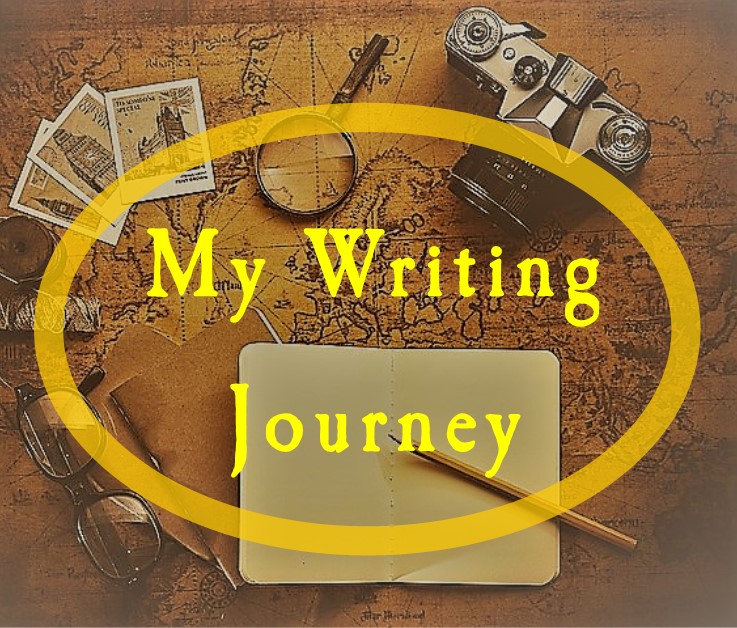
“Janine?” Where are you?” I don’t know why my husband asked me that. He knew where to find me–…
October 3, 2018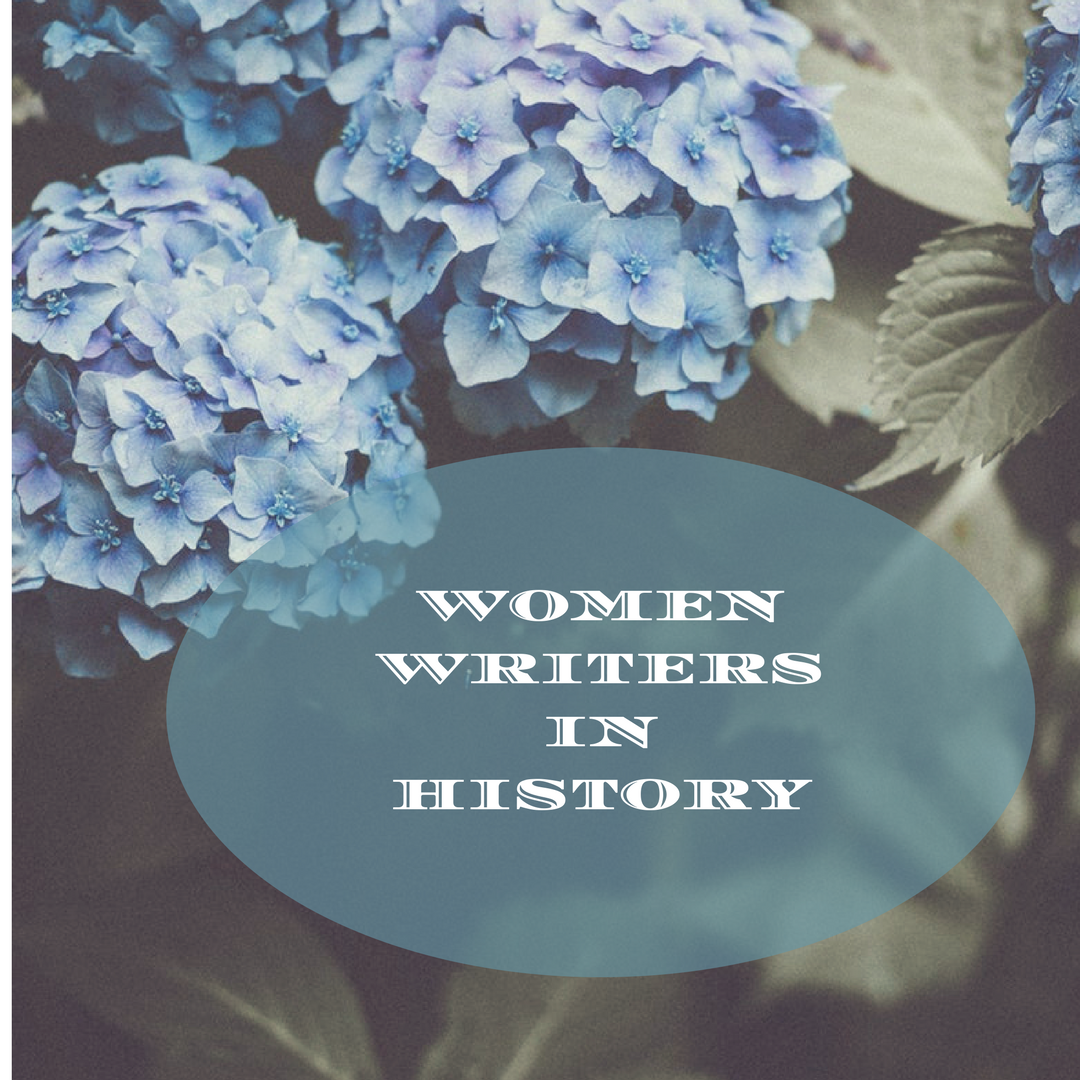
This is the tale of a tail—a tail that belonged to a little red squirrel, and his name was…
October 2, 2018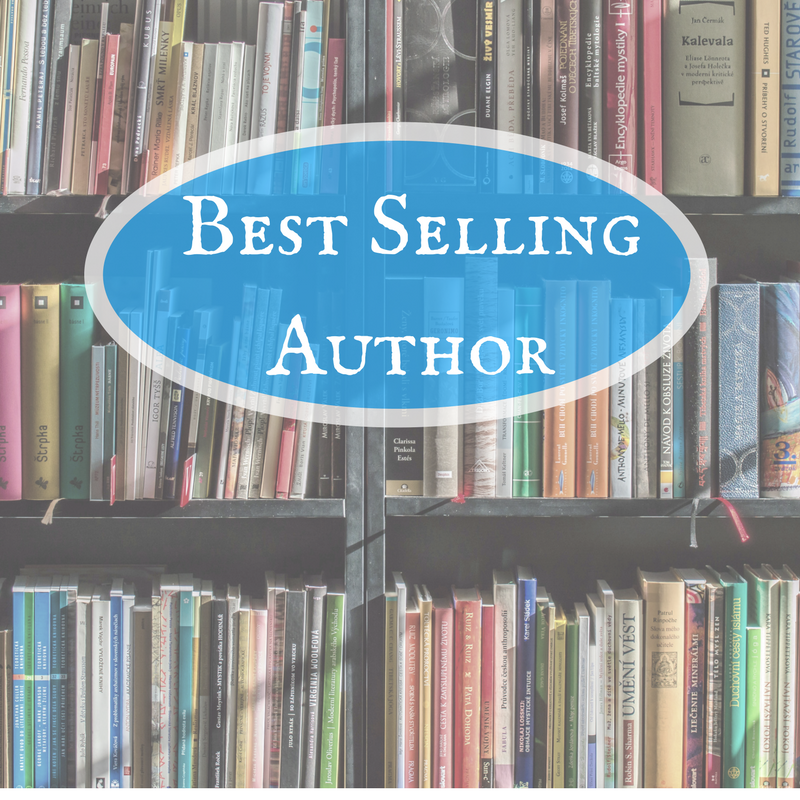
Can you share a little about your recent book? The Story of With is a roadmap for dreaming with…
October 1, 2018
No, agents and editors are not sadists. We do not ask you to write an extensive book proposal to…
September 30, 2018
Often, what we intend to say never comes through in what we write. Sometimes our enthusiasm inhibits the thoughts…
September 29, 2018
Romance with suspense or romance with glamour? Why pick one when you can have both? Lynette Eason I met…
September 26, 2018
When I started blogging, I researched examples online. I came across a blogger who posted one paragraph a day.…
September 24, 2018
